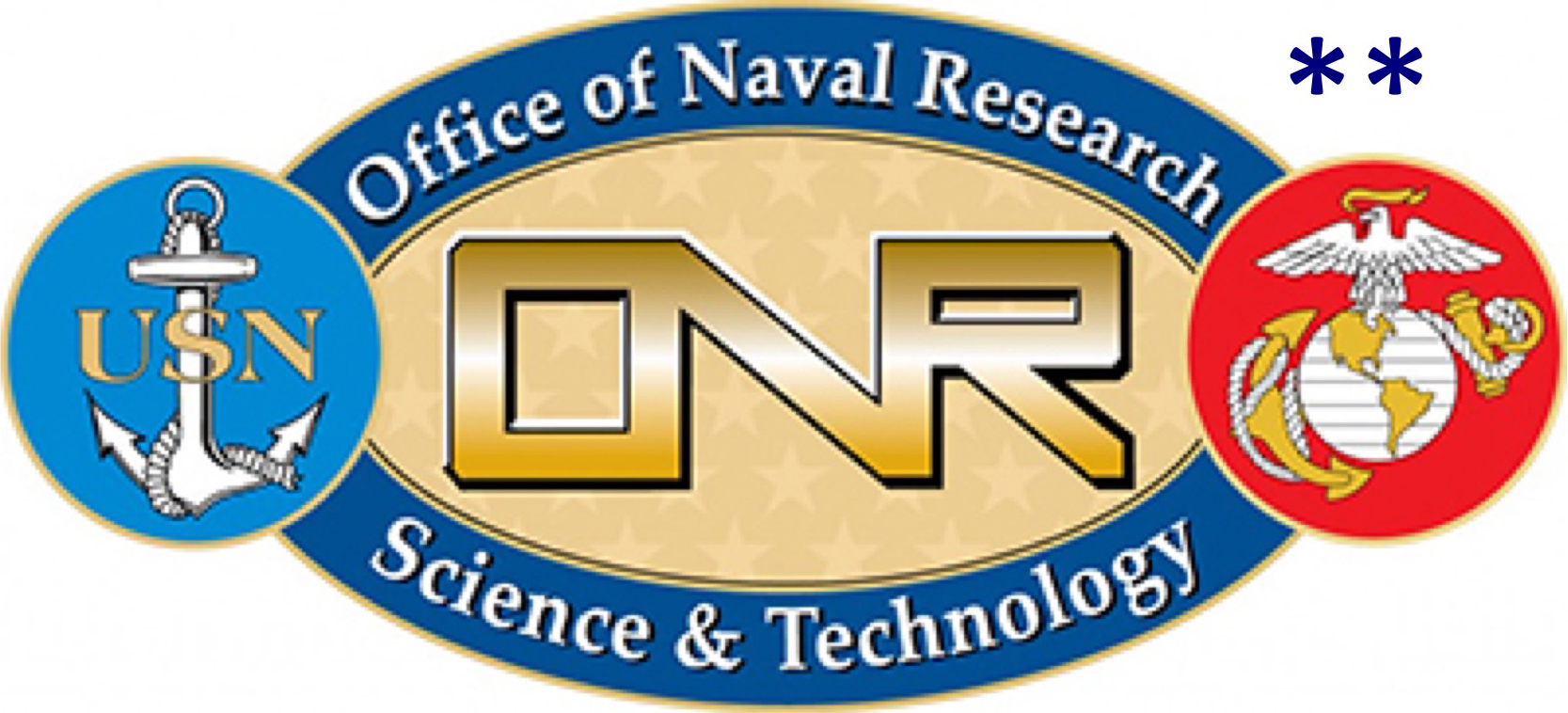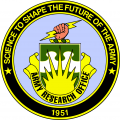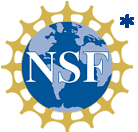The Sutter Research Group at UNL is run jointly by Professor Eli Sutter (Mechanical & Materials Engineering) and Professor Peter Sutter (Electrical & Computer Engineering).
News: Stanford University study names Prof. Eli Sutter and Prof. Peter Sutter among top 2% of scientists worldwide (2019 - 2023).
We develop and use advanced experimental methods for in-situ microscopy and probing of nanomaterials and -systems. By observing synthesis and self-assembly and measuring functional properties in complex environments, we develop novel materials architectures for energy harvesting and storage, information processing, sensing, and other core technology needs of 21st century society.
Current research interests include (for details, see "Research"):
- 2D/layered crystals & heterostructures: Novel metal chalcogenide semiconductors, graphene, h-BN; multi-functional lateral & vertical heterostructures; interlayer twist moirés; heterostructures of layered crystals; fundamental growth mechanisms; electronic structure, nanoscale optoelectronic properties, charge transport.
- Self-assembled and hybrid nanomaterials: Semiconductor nanowires, heterostructures; 1D nanowires from 2D/layered crystals; hierarchical mesoscopic materials architectures assembled from atomically precise components.
- Real-time TEM of processes in liquid environments: Solution self-assembly of nanoparticle superlattices; mechanisms & pathways of DNA-guided programmable self-assembly; colloidal growth, core-shell particles & complex nanostructures; galvanic replacement reactions, etc.
We gratefully acknowledge the support for our research projects from these agencies:
 |
 |
 |
 |
 |
*Any opinions, findings, and conclusions or recommendations expressed in this material are those of the author(s) and do not necessarily reflect the views of the National Science Foundation.
**Any opinions, findings, and conclusions or recommendations expressed in this material are those of the author(s) and do not necessarily reflect the views of the Office of Naval Research.